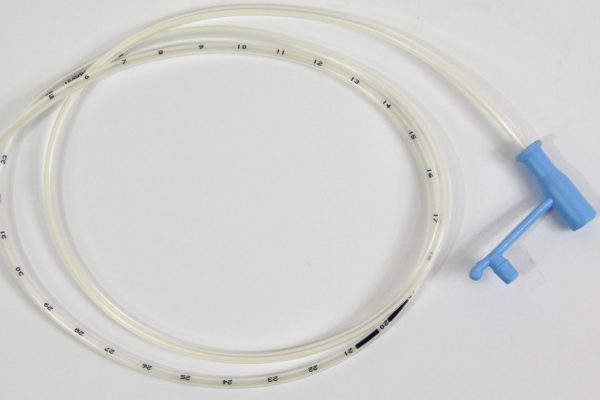
Published in the Journal of the National Comprehensive Cancer Network, a recent study has concluded that head-and-neck adenoid cystic carcinoma (ACC) patients who receive post-operative radiotherapy (PORT) do derive a clinical benefit from such a procedure, in terms of local recurrence free survival, but not in terms of distant metastasis-free survival (DMFS), disease-free survival (DFS) or overall survival (OS).
Although PORT is recommended for all ACC patients, according to NCCN guidelines, this study assessed whether or not PORT improved local control, and was designed to identify specific patient groups who derive a clinical benefit from the post-operative procedure.
Retrospectively reviewing 319 patients with ACC who underwent surgery and were treated with or without PORT between the years 2000 and 2017, these patients were stratified into risk groups based on factors such as age, sex, alcohol history, smoking history, primary tumour location, nerve invasion, vessel invasion, bone invasion, surgical margin, T stage, lymph node metastasis and whether or not they had received PORT. Local recurrence-free survival (LRFS) was then estimated as the primary outcome.
Overall, PORT was found to be a significant prognostic factor for LRFS (HR[95%CI]: 0.54[0.33-0.89], p= 0.01), but not for DMFS (HR[95%CI]: 3.38[1.65-6.95], p< 0.01), DFS(HR[95%CI]: 1.10[0.76-1.60], p= 0.61) or OS (HR[95%CI]: 1.32[0.76-2.30], p= 0.32). The effect of PORT on LRFS in the 3 risk groups varied significantly. Compared to patients who did not receive PORT, the high- and intermediate-risk groups received a significant benefit from PORT, respectively; (HR[95%CI]: 0.34[0.11-1.05], p< 0.05), (HR[95%CI]: 0.39[0.20-0.74], p< 0.01), whereas the low-risk group did not (HR[95%CI]: 0.34[0.09-1.30], p= 0.10)
In conclusion, high- and intermediate-risk ACC patients receive a benefit, in terms of LRFS, when given PORT. Whether or not low-risk ACC patients receive a clinically relevant benefit remains unclear and requires further research.
Reference
Chen. Y et al., Role of Postoperative Radiotherapy in Nonmetastatic Head and Neck Adenoid Cystic Carcinoma. Journal of the National Comprehensive Cancer Network. 2020; 18:11.